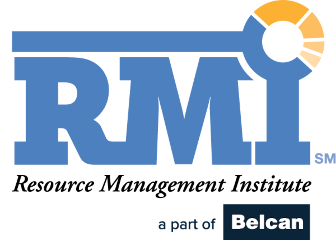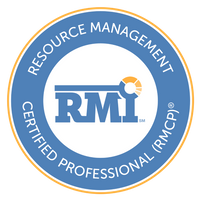In the services industry, your product is your people. Profitability, project success, and client satisfaction all rely on effective planning and staffing of projects. It may sound easy, but resource managers will tell you otherwise. Resource management processes have improved in recent years, but the technology needed to support and automate them have had limitations. However, there is a solution.
If you sell a service, that service needs to be profitable, which requires accurate estimates of the time and resources needed to deliver the service. Delivering a service that meets or exceeds client expectations is a must, as well.
The truth is, selling projects with good margins is actually not the hard part. It’s managing the high degree of change that occurs once the project starts, compounded by all the changes in other projects across simultaneous, yet differing project timelines, that make this incredibly difficult. Resource management is not a single step, or even a series of steps, it is an ongoing and dynamic process. But many of the tools that companies rely on today for resource management were not built for a dynamic or agile process. Instead, they were born out of the waterfall model and older management methodologies.
It helps to think holistically about resource management. Using the project lifecycle for services businesses helps keep projects and resources on track. Resource managers need a similar lifecycle, one that focuses on phases that are critical to placing the right people on the right projects at the right time.
The Phases of the Resource Management Lifecycle
There are four phases in the Resource Management Lifecycle that mirror the project delivery lifecycle from inception to analysis. Understanding and optimizing each phase will strengthen the most critical aspects of resource management processes.
Estimate – This is the beginning of the lifecycle, which is dedicated to setting projects up for success.
Plan – Here, managers must define how to fill resource demand by booking resources to high-level tasks.
Execute – This phase begins the moment that the project is won, resources are scheduled, and a project plan is set into motion.
Analyze and Optimize – At the completion of the project, resource managers use data collected throughout the project lifecycle to understand the success of a project or client and then implement streamlining techniques to curb costs and satisfy clients.
Making the Most of the Resource Management Lifecycle
There is an evaluation step after each phase designed to inform both the previous and next steps in the process. Furthermore, the Analyze and Optimize phase is a feedback loop that will help inform improvements to the first phase, Estimation. By treating resource management as an iterative cycle, you can prepare for conflicts and proactively make changes to projects, teams, and plans to better execute and increase profitability.
The most important quality of the Resource Management Lifecycle is that it helps to create order within the chaos. There are many moving parts, but each phase encapsulates only a few key items to consider. This makes the model simple to apply and adhere to during the process.
In addition, an effective use of the Resource Management Lifecycle will help businesses create good data to determine long term strategic needs, future business goals, initiatives, and resource or role requirements. By getting short-term resource planning under control, you can move toward successful long-term strategies built on greater resource management success.
Interested in learning more about the Resource Management Lifecycle and understanding its phases in depth? Read, The Definitive Guide to Resource Management by Mavenlink.

Ryan Montano
Ryan Montano is a technology professional with a passion for Product Management, Product Marketing, and Product Development. His areas of focus include B2B SaaS, Project Management, Analytics, Machine Learning, Artificial Intelligence, UI/UX design, and Startup Ventures. Ryan has spent nearly a decade in product development working closely with R&D and marketing teams on long-term strategic planning. This has allowed him to help shape countless key technology features and requirements that capture the essence of product value for clients.





